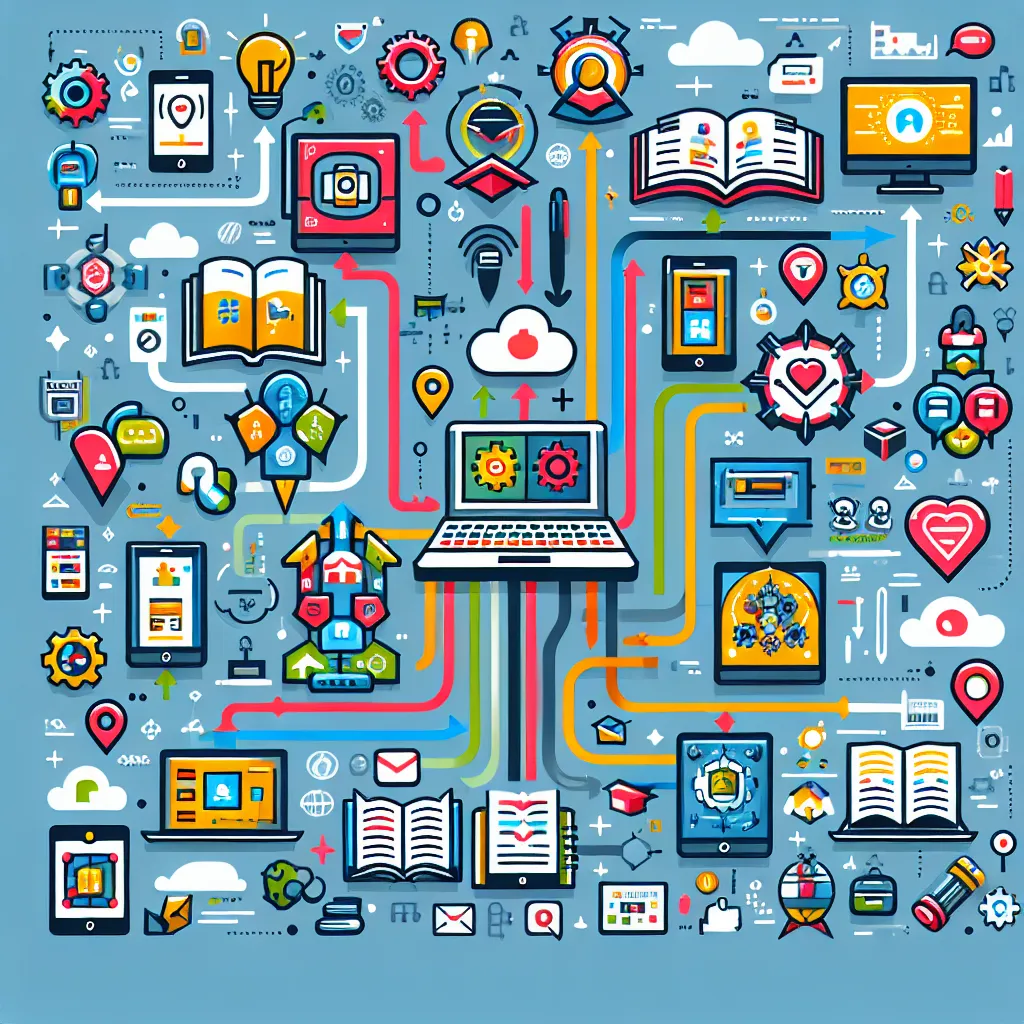The topic of technology’s impact on education is increasingly prevalent in IELTS Writing Task 2 questions. Based on recent trends, we can expect this theme to appear frequently in future exams. Let’s explore a common question type related to this subject and provide sample essays to help you prepare effectively.
Analyzing the Question
Consider the following IELTS Writing Task 2 question:
Some people think that the increasing use of technology in education has a positive effect on students’ learning, while others believe it is harmful. Discuss both views and give your own opinion.
This question addresses the ongoing debate about technology’s role in education. It requires you to:
- Discuss the positive effects of technology on learning
- Explore the potential negative impacts
- Provide your personal perspective on the issue
Let’s examine two sample essays that tackle this question, aiming for different band scores.
Sample Essay 1 (Band 8-9)
Technology’s integration into education has sparked a heated debate about its effects on student learning. While some argue that it enhances the educational experience, others contend that it may be detrimental. This essay will examine both viewpoints before presenting my own stance on the matter.
Proponents of technology in education highlight several benefits. Firstly, digital tools provide access to a vast array of information, enabling students to explore subjects beyond traditional textbooks. For instance, virtual reality applications can transport students to historical sites or inside the human body, offering immersive learning experiences. Additionally, adaptive learning software can tailor content to individual students’ needs, addressing learning gaps more effectively than a one-size-fits-all approach.
However, critics argue that technology can be a double-edged sword in the classroom. One primary concern is the potential for distraction, as students may be tempted to use devices for non-educational purposes during lessons. Furthermore, excessive screen time can lead to physical issues such as eye strain and poor posture. There are also worries about the digital divide, where students from lower-income backgrounds may not have equal access to technological resources, potentially exacerbating educational inequalities.
In my opinion, the benefits of technology in education outweigh the drawbacks when implemented thoughtfully. The key lies in striking a balance between technological integration and traditional teaching methods. Educators should be trained to use technology effectively, ensuring it enhances rather than replaces human interaction. Moreover, schools and policymakers must address the digital divide to ensure equitable access to technological resources.
In conclusion, while technology in education presents challenges, its potential to revolutionize learning is undeniable. By addressing concerns proactively and leveraging technology’s strengths, we can create a more engaging, personalized, and effective educational environment for all students.
(Word count: 298)
 Impact of Technology on Education
Impact of Technology on Education
Sample Essay 2 (Band 6-7)
The use of technology in education is a topic that many people have different opinions about. Some think it’s good for students’ learning, while others believe it can be harmful. This essay will look at both sides of the argument and give my opinion.
On the positive side, technology can make learning more interesting and easy for students. For example, interactive whiteboards and educational apps can help students understand difficult concepts better. Also, the internet gives students access to a lot of information, which can help them learn more about different subjects.
However, there are also some negative points to consider. One problem is that students might get distracted by technology, like using their phones for social media instead of studying. Another issue is that some students might not have access to the same technology at home, which could create unfair advantages.
In my opinion, I think technology can be very helpful in education if it’s used in the right way. Teachers need to be trained on how to use technology effectively in their lessons. Also, schools should make sure all students have equal access to technology to avoid creating gaps in learning opportunities.
To conclude, while there are both good and bad points about using technology in education, I believe the benefits are greater. If we use technology carefully and make sure everyone has access to it, it can really improve the way students learn.
(Word count: 249)
Key Considerations When Writing
When addressing this topic in your IELTS Writing Task 2 essay, keep the following points in mind:
Vocabulary
Use a range of vocabulary related to education and technology. For higher band scores, incorporate more sophisticated terms and phrases. For example:
- Band 6-7: “make learning more interesting”, “help students understand”
- Band 8-9: “enhance the educational experience”, “provide immersive learning experiences”
Grammar
Demonstrate a variety of grammatical structures appropriate to your target band score:
- Band 6-7: Use a mix of simple and complex sentences, with some minor errors acceptable.
- Band 8-9: Employ a wide range of structures with high accuracy, including complex sentences and advanced grammatical features.
Structure
Ensure your essay has a clear introduction, body paragraphs, and conclusion. Higher band scores require more sophisticated paragraph development and cohesion between ideas.
Critical Thinking
For higher band scores, provide more nuanced arguments and consider the implications of technology in education from multiple perspectives.
Essential Vocabulary
Here are some key terms to remember when writing about this topic:
- Educational technology (noun) /ˌedʒʊˈkeɪʃənl tekˈnɒlədʒi/: Tools and resources used to improve learning
- Digital literacy (noun) /ˈdɪdʒɪtl ˈlɪtərəsi/: The ability to use digital technology effectively
- Blended learning (noun) /ˈblendɪd ˈlɜːnɪŋ/: A mix of online and face-to-face teaching methods
- Adaptive learning (noun) /əˈdæptɪv ˈlɜːnɪŋ/: Personalized learning experiences based on individual needs
- Virtual reality (noun) /ˈvɜːtʃuəl riˈælɪti/: Computer-generated simulation of a 3D environment
- Digital divide (noun) /ˈdɪdʒɪtl dɪˈvaɪd/: The gap between those with and without access to technology
- E-learning (noun) /ˈiːlɜːnɪŋ/: Learning conducted via electronic media, typically online
- Gamification (noun) /ˌɡeɪmɪfɪˈkeɪʃn/: The application of game-design elements in education
- Flipped classroom (noun) /flɪpt ˈklɑːsruːm/: A teaching approach where students learn new content online before class
- Learning management system (noun) /ˈlɜːnɪŋ ˈmænɪdʒmənt ˈsɪstəm/: Software for administering and tracking online education
Conclusion
The influence of technology on educational outcomes remains a crucial topic in IELTS Writing Task 2. As you prepare for your exam, consider practicing with similar questions, such as:
- How has online learning changed the role of teachers in education?
- Do the benefits of using personal devices in classrooms outweigh the drawbacks?
- Should all schools adopt a fully digital curriculum? Why or why not?
Remember to structure your essays clearly, use a range of vocabulary and grammatical structures, and provide well-reasoned arguments. Feel free to share your practice essays in the comments section below for feedback and discussion. Good luck with your IELTS preparation!

